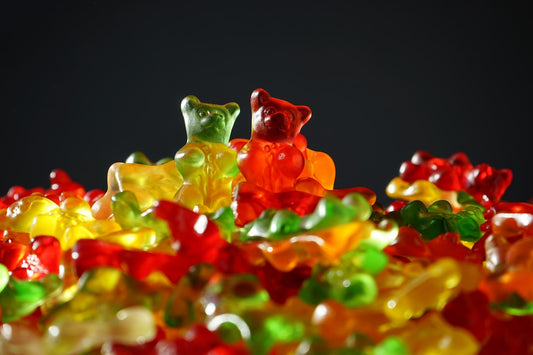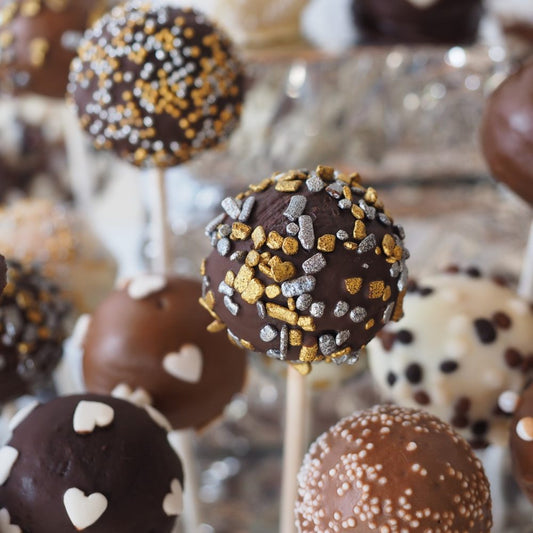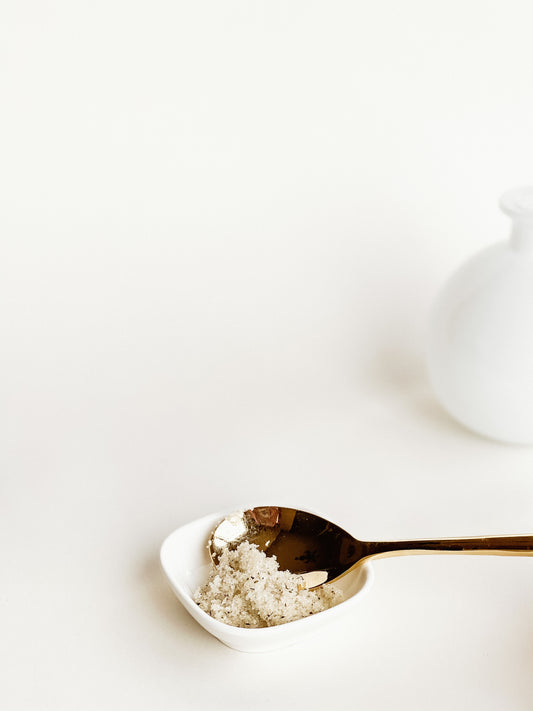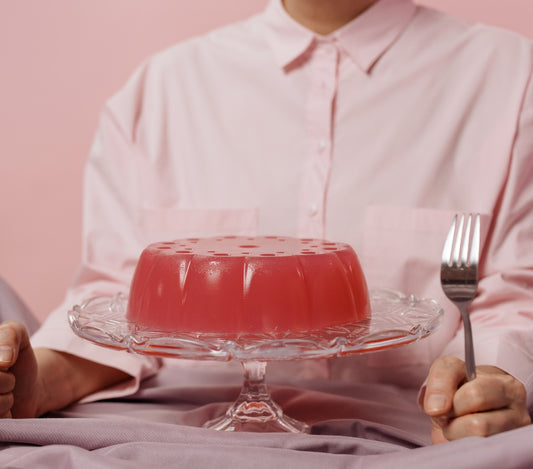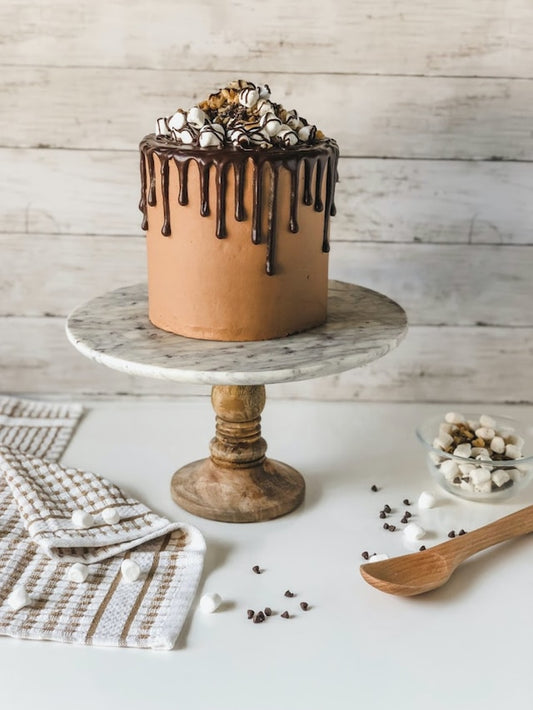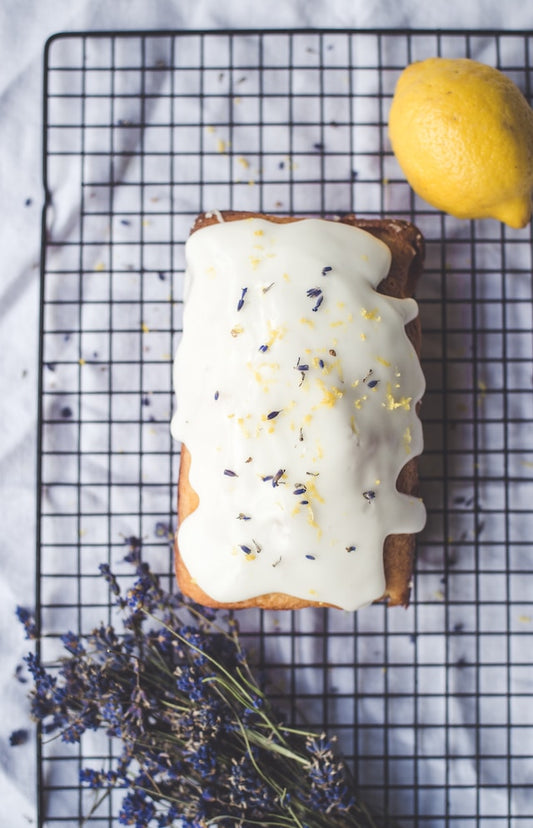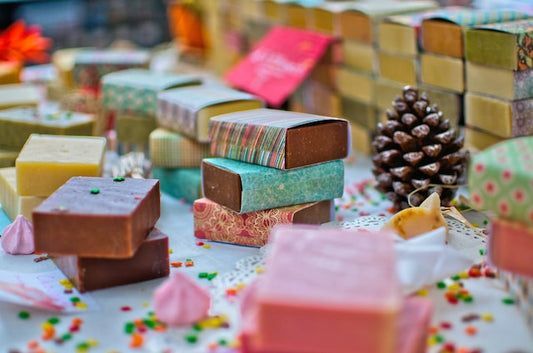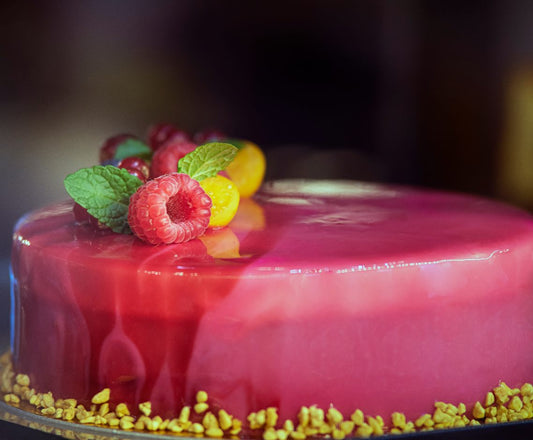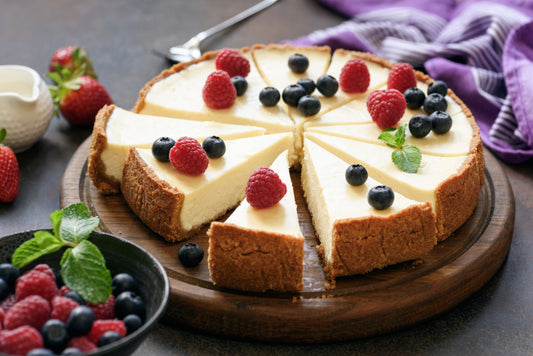Oil-Soluble Flavor Suggested Use Rates
Taffy
0.2 Teaspoon or 1 milliliter per 13 oz of taffy
Gummies
1 Teaspoon or 5 milliliters per 1,000 gram batch
Hard Candy, Caramel, Candy Apples & Lollipops
1 Teaspoon or 5 milliliters per 500 gram batch
Chocolates, Truffles & Fudge
1 Teaspoon or 5 milliliters per 1,000 gram batch
Baking: Cupcakes, Muffins, Cookies, Brownies & Pies
1 Teaspoon or 5 milliliters per 575 gram batch
Chapstick / Lip Gloss
2 Teaspoons or 10 milliliters per 6 oz of ChapStick
Water-Soluble Flavor Suggested Use Rates
Beverages: Water, Tea, Coffee, Cocktails, Mocktails
0.25 milliliters or 4–6 drops per 8 oz.
Ice Cream
1 Teaspoon or 5 milliliters per 1.5 Gallons of Ice Cream
Baking: Cookies, Brownies, Pastries, Cakes, Muffins, Pies
1 Teaspoon or 5 milliliters per 575 gram batch
Frosting / Icing
1 Teaspoon or 5 milliliters per 480 gram batch
Yogurt and Smoothies
0.25 milliliters or 4–6 drops per 8 oz.
Ice Pops
0.25 milliliters or 4–6 drops per 8 oz.
a little goes a long way

Feel free to start here and add more than what is suggested to your liking.
Start with less, taste, then add more if needed. Taste is personal so add flavors gradually to avoid overpowering your creations. You can always add more flavor, but you can't take it away.
Tips for using flavors and extracts:
Choose the right type of flavoring for your recipe.
Oil Soluble
1.Gummies & Fudge/Chocolate/Truffles
2.Hard Candy, Lollipops & Candy Apples
3.Frosting & Cake Batter
4.Baking=Cupcakes, Muffins, Cookies, Brownies and Pies
5.Taffy
6.Chapstick/Lip Gloss
Water Soluble
1.Ice Cream
2.Baking
3.Frosting/Icing & Cake Batter-
4.Beverages=Water, Tea, Coffee, Cocktails, Mocktails, Sparkling Water Etc.
Follow the recommended usage rates.
Each flavoring has a recommended usage rate that will give you the best balance of flavor. It's important to follow these usage rates to avoid overpowering or artificial-tasting flavors. For example, Dolce Flav suggests using 0.30 - 0.50% of their apple flavor oil in candies, or approximately 0.0015 - 0.0025 teaspoons per 100 grams of your recipe.
Experiment with different flavors.
There are so many delicious flavors to choose from, and the possibilities are endless when it comes to incorporating them into your baking. Here are some ideas for using different flavors in your recipes:
Add a touch of cherry extract to your chocolate cake batter for a delicious twist.
Mix a little raspberry flavor oil into your vanilla frosting for a fruity touch.
Stir a few drops of peppermint extract into your chocolate chip cookie dough for a refreshing twist.
Mix a little mango flavor oil into your pancake batter for a tropical twist.
Don't drink the flavor oils and extracts!
How to Get the Most Out of Your Flavors: Common Mistakes to Avoid
Unlocking the full potential of your flavors can transform a dish from good to unforgettable. Here are some common mistakes to avoid to ensure you’re making the most of your flavors:
- Overusing Flavors: A little goes a long way! Adding too much can overpower your dish. Start with small amounts and gradually adjust to find the perfect balance.
- Not Considering Temperature: High heat can diminish the potency of flavors. Add delicate flavors towards the end of cooking to preserve their intensity.
- Using the Wrong Flavor Type: Be mindful of the flavor's form—oil-soluble for fats, water-soluble for liquids. Using the wrong one can lead to uneven results or separation.
- Skipping a Test Batch: Always test a small batch before using flavors in large quantities. This allows you to fine-tune the flavor balance without risking the entire dish.
- Ignoring Ingredient Pairing: Flavors shine brightest when paired with complementary ingredients. Take time to understand how certain flavors enhance one another for a more harmonious result.
Avoid these pitfalls, and you’ll be able to make your flavors work for you, creating vibrant and memorable culinary creations every time!
What are the applications of flavoring oils?
Flavoring oils are versatile ingredients that can be used in a variety of applications. Here are some of the most common uses of flavoring oils:
- Cooking: Flavoring oils can be used to add flavor to a variety of dishes, such as marinades, dressings, sauces, soups, stews, and more.
- Baking: Flavoring oils can be used to add flavor to baked goods, such as cakes, cookies, breads, and pastries.
- Drinks: Flavoring oils can be used to add flavor to beverages, such as coffee, tea, cocktails, and smoothies.
- Desserts: Flavoring oils can be used to add flavor to desserts, such as ice cream, frozen yogurt, and puddings.
- Candies and Confections: Flavoring oils can be used to add flavor to candy and confections, such as hard candy, gummies, and chocolates.
- Aromatherapy: Flavoring oils can be used in aromatherapy, added to diffusers, candles, and lotions to create a pleasant aroma.
- Beauty and Personal Care: Some flavoring oils can be used in beauty and personal care products, such as soaps, lotions, and scrubs.
- Cleaning products: Some flavoring oils can be used as a natural fragrance in cleaning products.
What are some mistakes to avoid using flavoring oils?
When using flavoring oils, there are a few mistakes to avoid in order to ensure that you achieve the desired flavor and texture in your food and drink. Here are a few common mistakes to avoid:
- Using too much: flavoring oils are highly concentrated, and a little goes a long way. Start with a small amount and add more to taste. Using too much can overpower the other flavors in your dish and make it inedible.
- Not storing properly: flavoring oils should be stored in a cool, dark place, away from heat and light. Failure to store them properly can cause them to go rancid and lose their flavor.
- Not checking for compatibility: Some flavoring oils may not be compatible with certain types of products or ingredients. It's important to check the manufacturer's recommendations or consult with a professional to ensure that the flavoring you choose is suitable for your intended use.
- Not measuring: Not measuring the amount of flavoring oil you are using, can lead to the dish being too strong or too weak in flavor.
- Using expired flavoring oils: Like most food products, flavoring oils have a shelf life and can lose their potency over time. Be sure to check the expiration date and discard any flavoring that has expired.
By keeping these mistakes in mind, you can ensure that you use flavoring oils correctly and achieve the desired flavor and texture in your food and drink.

